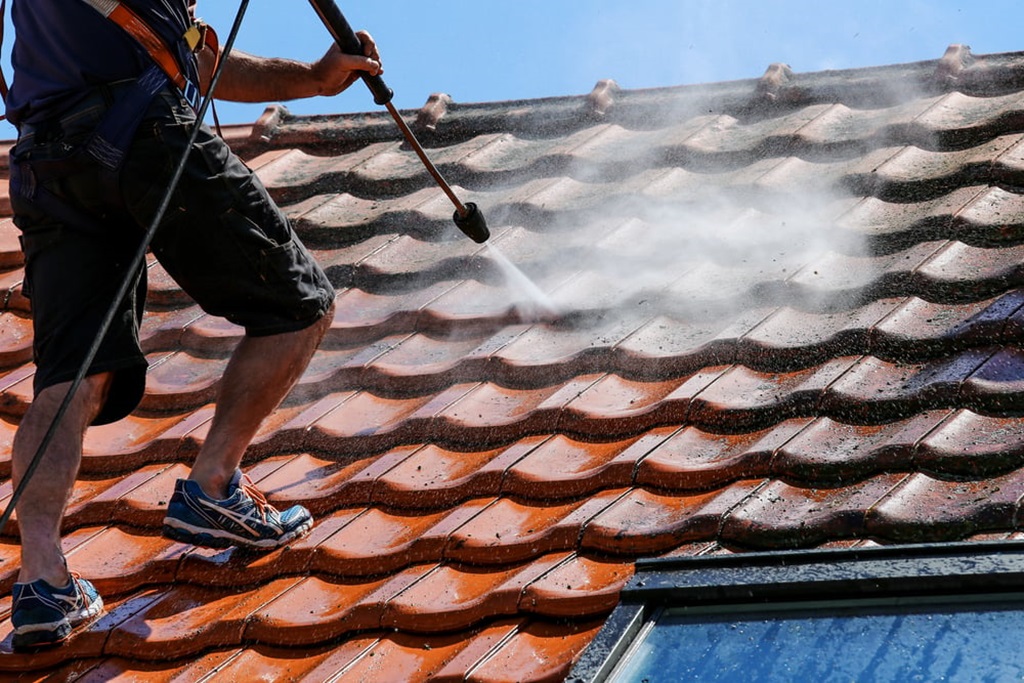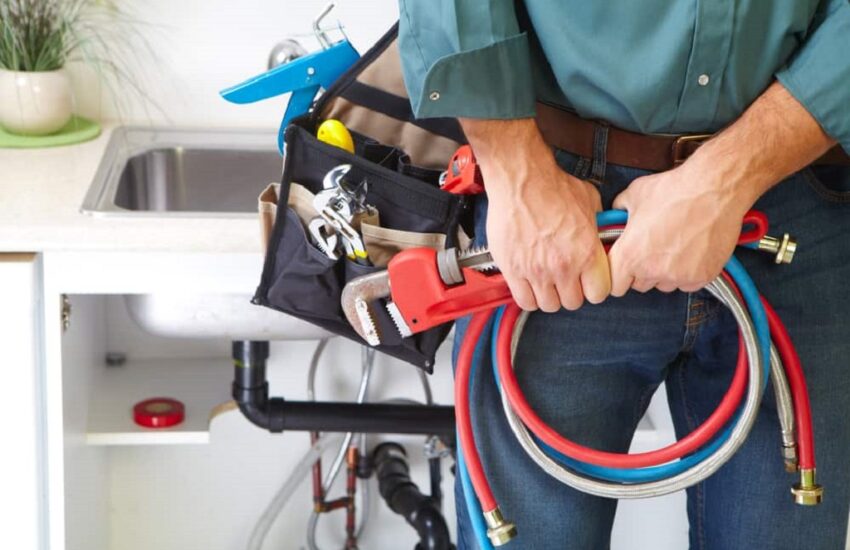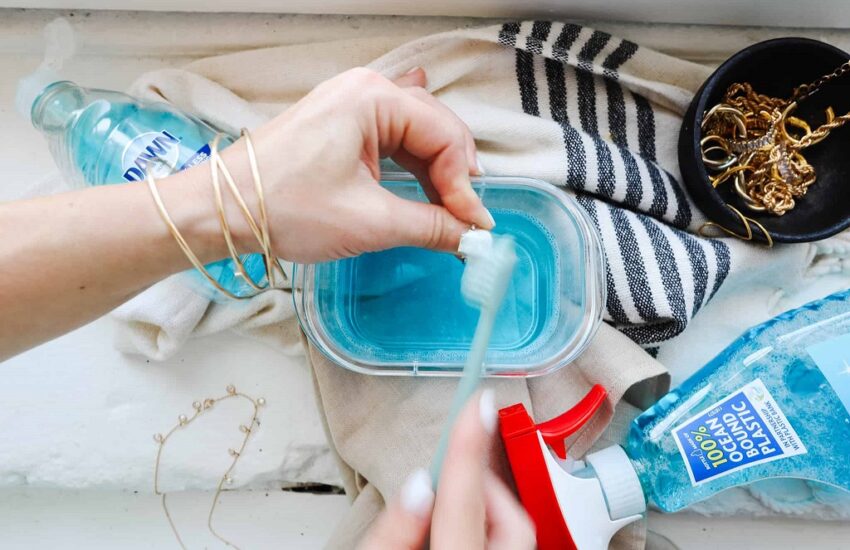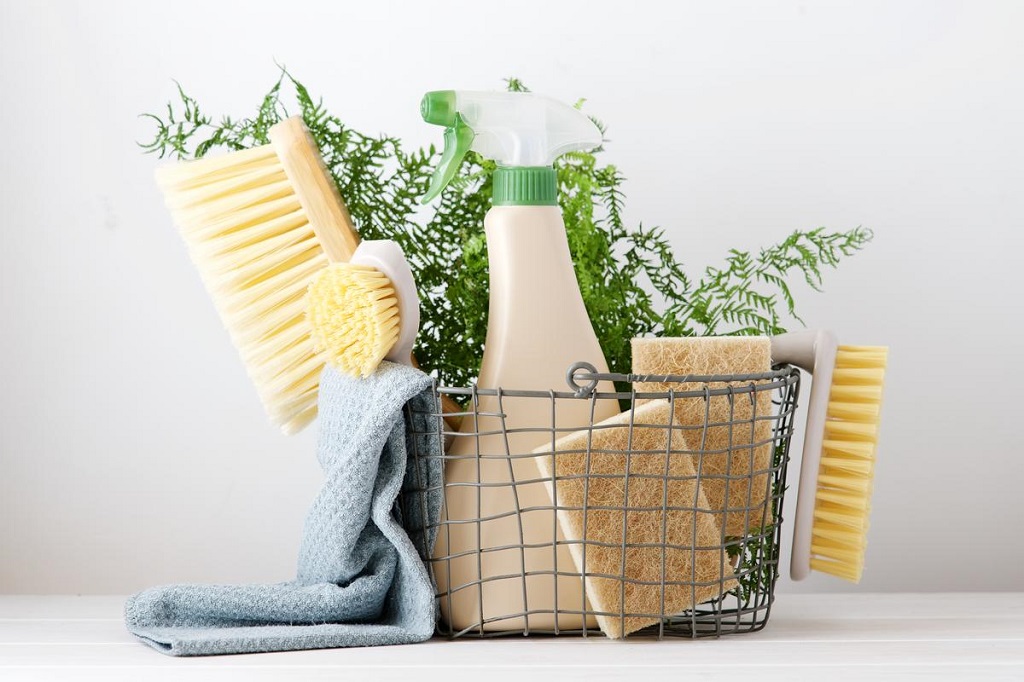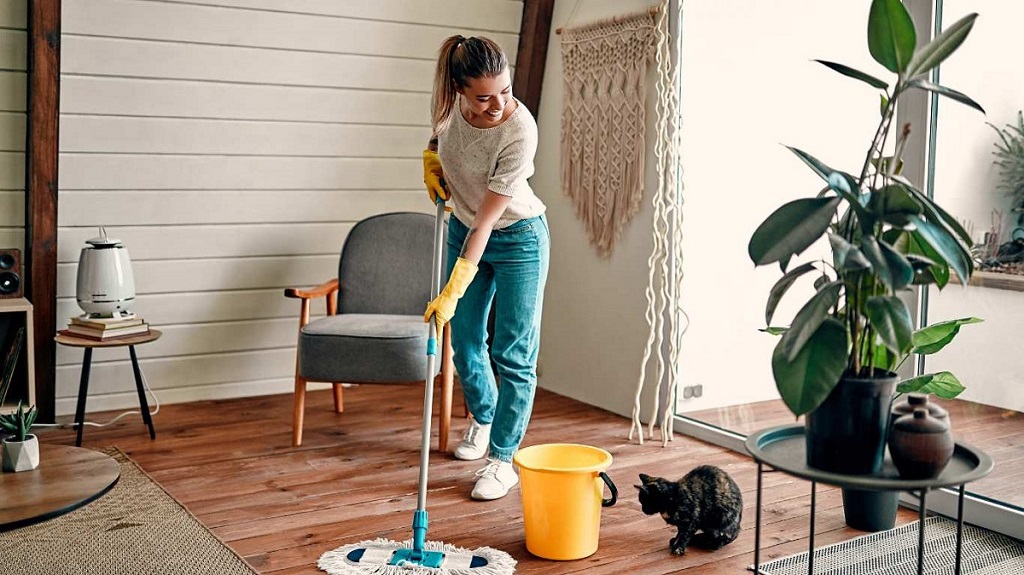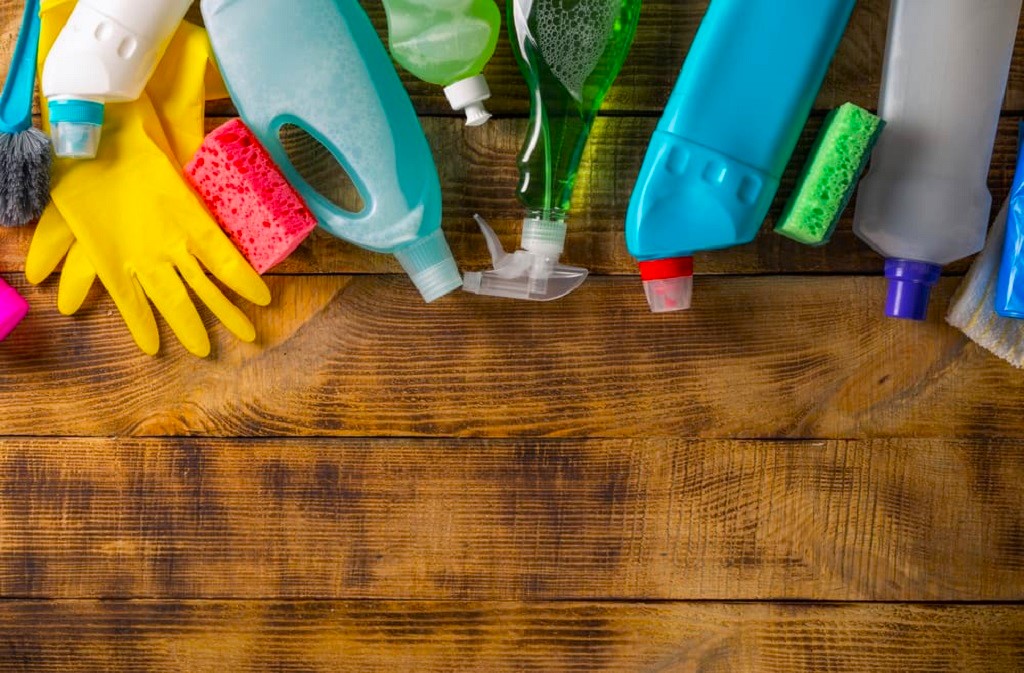A clean roof not only enhances the aesthetics of your home but also prolongs its life. DIY roof cleaning can seem like a daunting task, but with the right tools and techniques, you can transform your stained and moss-covered roof into a spotless surface. In this comprehensive guide, we will walk you through the process of cleaning your roof efficiently and effectively.
Understanding the Importance of Roof Cleaning
Your roof is constantly exposed to the elements, making it susceptible to moss, algae, and other contaminants. Regular cleaning not only maintains the appearance of your home but also prevents potential damage to the roofing materials.
Safety First: Preparing for Roof Cleaning
Before you start cleaning your roof, ensure you have the necessary safety equipment, including harnesses and non-slip shoes. Clear the area around your home to avoid accidents.
Assessing Your Roof: Identifying the Problem Areas
Inspect your roof for signs of damage such as cracked tiles, loose shingles, or damaged flashing. Address these issues before cleaning to prevent further complications.
Choosing the Right Cleaning Solution
Opt for eco-friendly cleaning solutions like oxygen bleach or biodegradable detergents. These options are effective against stains without harming the environment.
Pressure Washing vs. Soft Washing: Which Method to Choose?
Consider the condition of your roof before deciding between pressure washing and soft washing. Pressure washing is suitable for robust roofs, while soft washing uses low-pressure techniques for delicate surfaces.
DIY Roof Cleaning Steps
Clearing Debris and Loose Moss
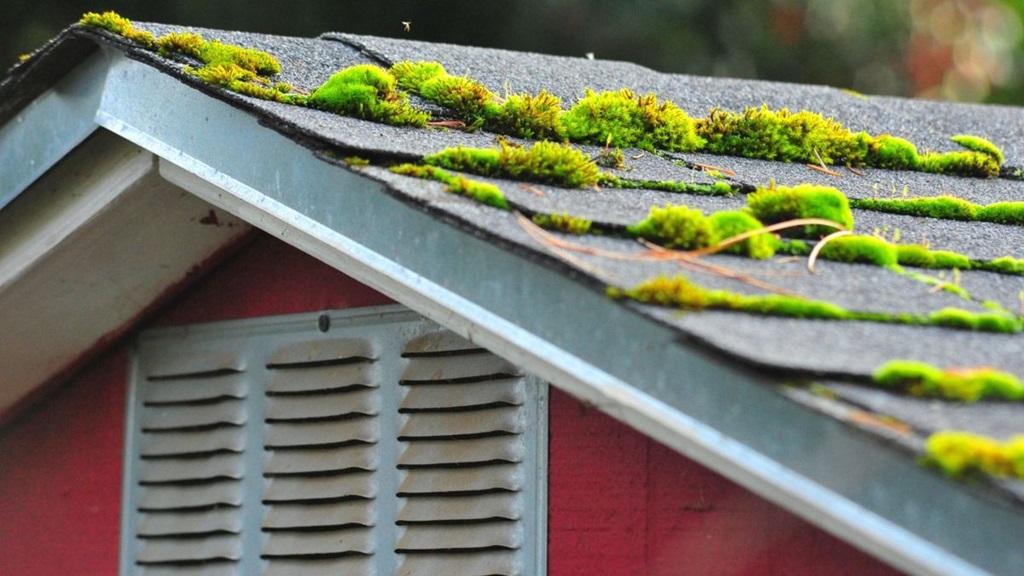
Begin by removing leaves, branches, and loose moss from your roof. Use a soft-bristle brush to avoid damaging the surface.
Applying the Cleaning Solution
Prepare your DIY cleaning solution according to the manufacturer’s instructions. Apply it generously to the stained areas, allowing it to sit for the recommended time.
Scrubbing Away Stubborn Stains
Gently scrub the stains with a soft brush or sponge. Avoid aggressive scrubbing, which can harm the roofing material.
Rinsing Thoroughly
Rinse the roof thoroughly with a garden hose, starting from the top and working your way down. Ensure all cleaning residues are washed away.
Preventing Future Roof Stains
Installing Zinc Strips
Consider installing zinc strips along the ridge of your roof. When it rains, zinc molecules wash down, preventing the growth of algae and moss.
Regular Maintenance Tips
Schedule regular roof inspections and cleanings to prevent stains from becoming deeply embedded.
Common Mistakes to Avoid
Using Harsh Chemicals
Avoid using strong acids or bleaches, as they can erode the roofing material and harm nearby plants and wildlife.
Neglecting Safety Precautions
Always wear appropriate safety gear, including gloves and goggles. Work with a partner to ensure your safety.
Benefits of DIY Roof Cleaning
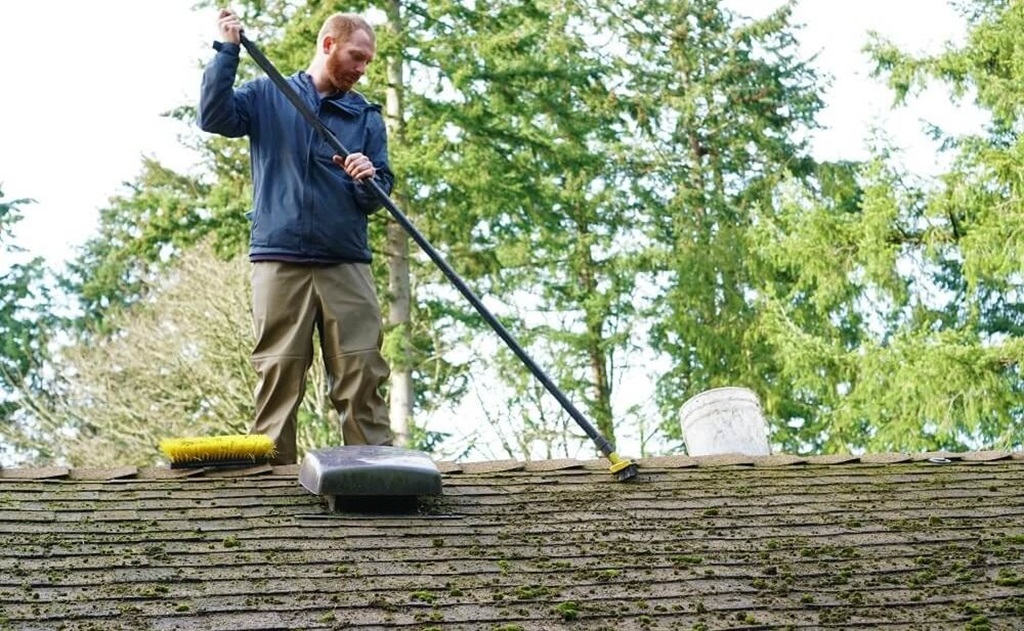
Cost Savings
DIY roof cleaning saves money compared to hiring professionals. With the right techniques, you can achieve professional-grade results.
Preserving Roof Lifespan
Regular cleaning removes contaminants that can deteriorate roofing materials, extending the life of your roof.
Enhancing Curb Appeal
A clean roof enhances the overall appearance of your home, increasing its market value and curb appeal.
Conclusion
Regular DIY roof cleaning is essential for maintaining the integrity and visual appeal of your home. By following the steps outlined in this guide, you can achieve a spotless roof and enjoy its benefits for years to come.
FAQs
Q1: How often should I clean my roof?
A1: It is recommended to clean your roof at least once a year, preferably during the dry season for optimal results.
Q2: Can I use a pressure washer on all types of roofs?
A2: Pressure washers are suitable for robust roofs like asphalt shingles, but they should be avoided on delicate surfaces like clay tiles, which can be damaged by high pressure.
Q3: Will roof cleaning damage my garden?
A3: Eco-friendly cleaning solutions and proper rinsing techniques minimize the impact on plants and wildlife. Covering delicate plants before cleaning can provide an extra layer of protection.
Q4: How long does the cleaning process usually take?
A4: The duration of the cleaning process depends on the size of your roof and the extent of staining. On average, it can take a few hours to a full day to complete the cleaning process thoroughly.
Q5: Can I clean my roof during winter?
A5: It is not recommended to clean your roof during winter, especially in freezing temperatures. Wait for warmer weather to ensure safe and effective cleaning.

